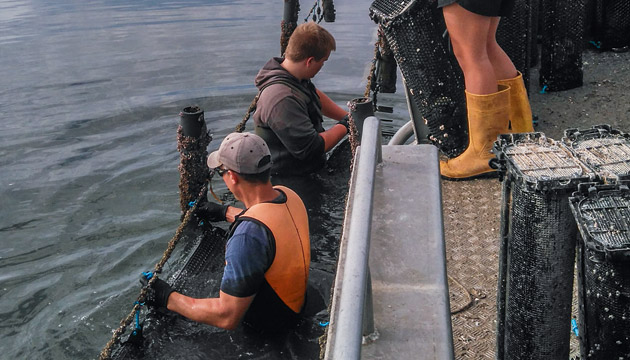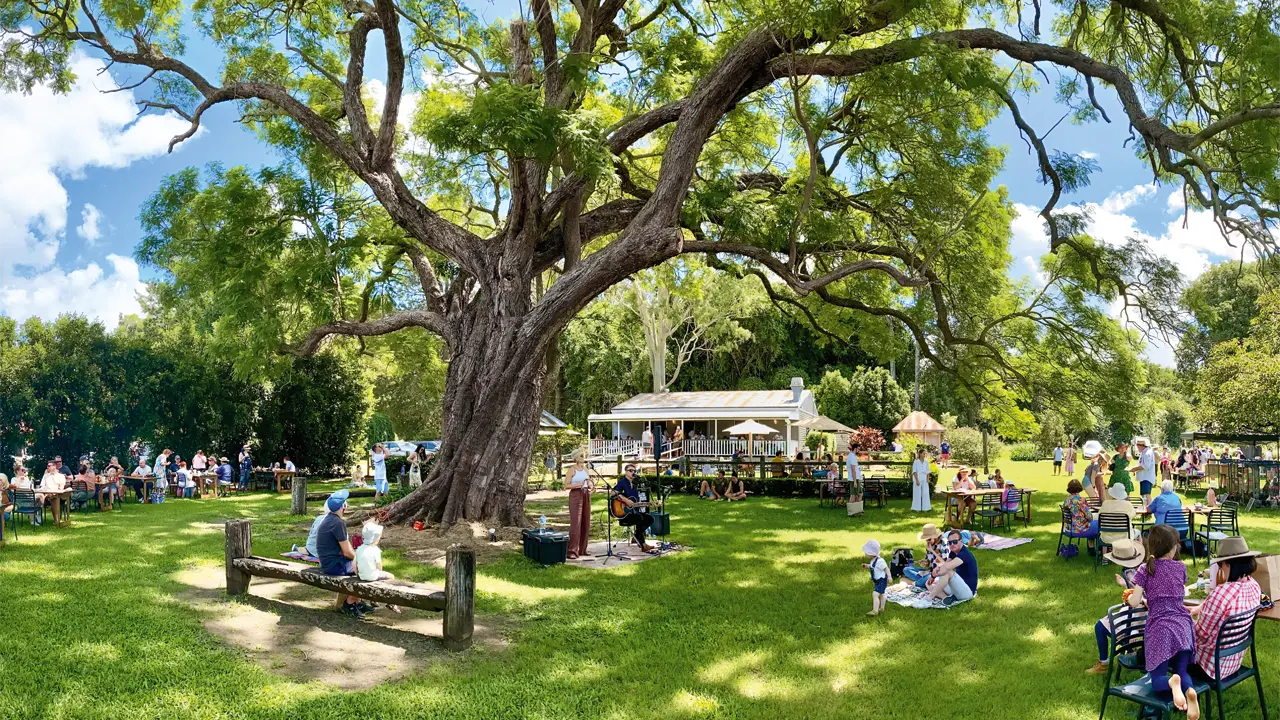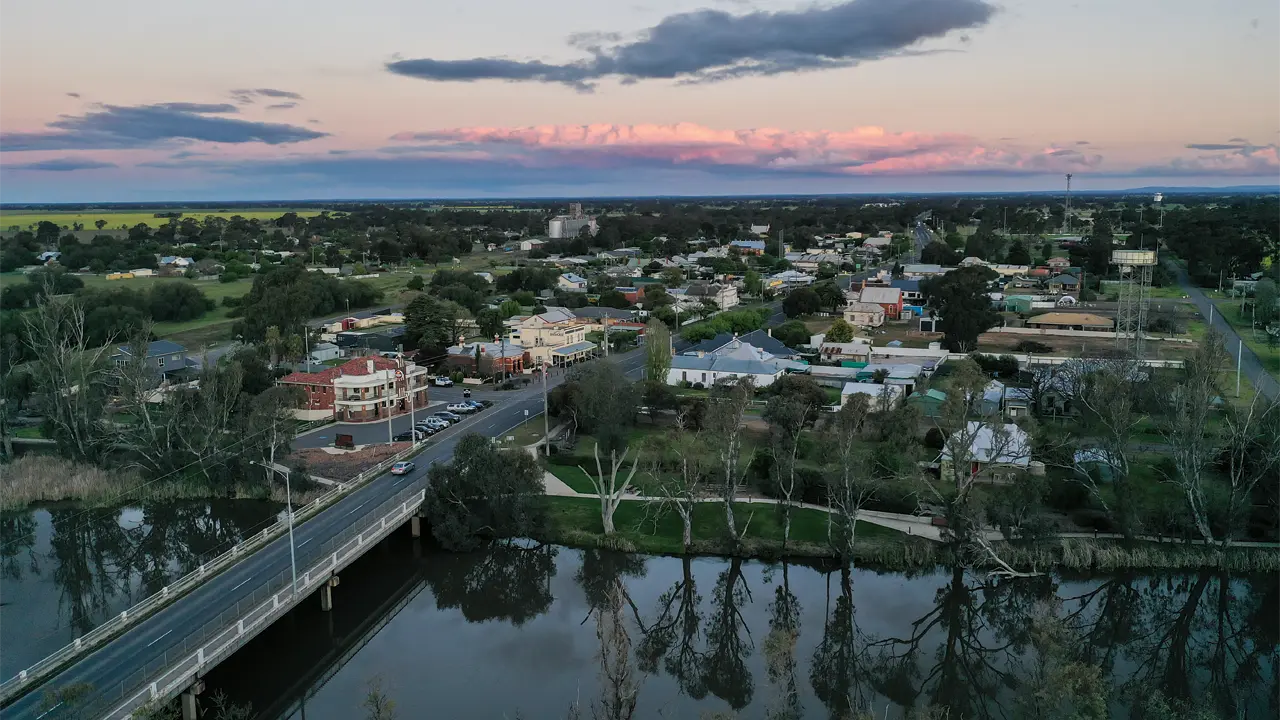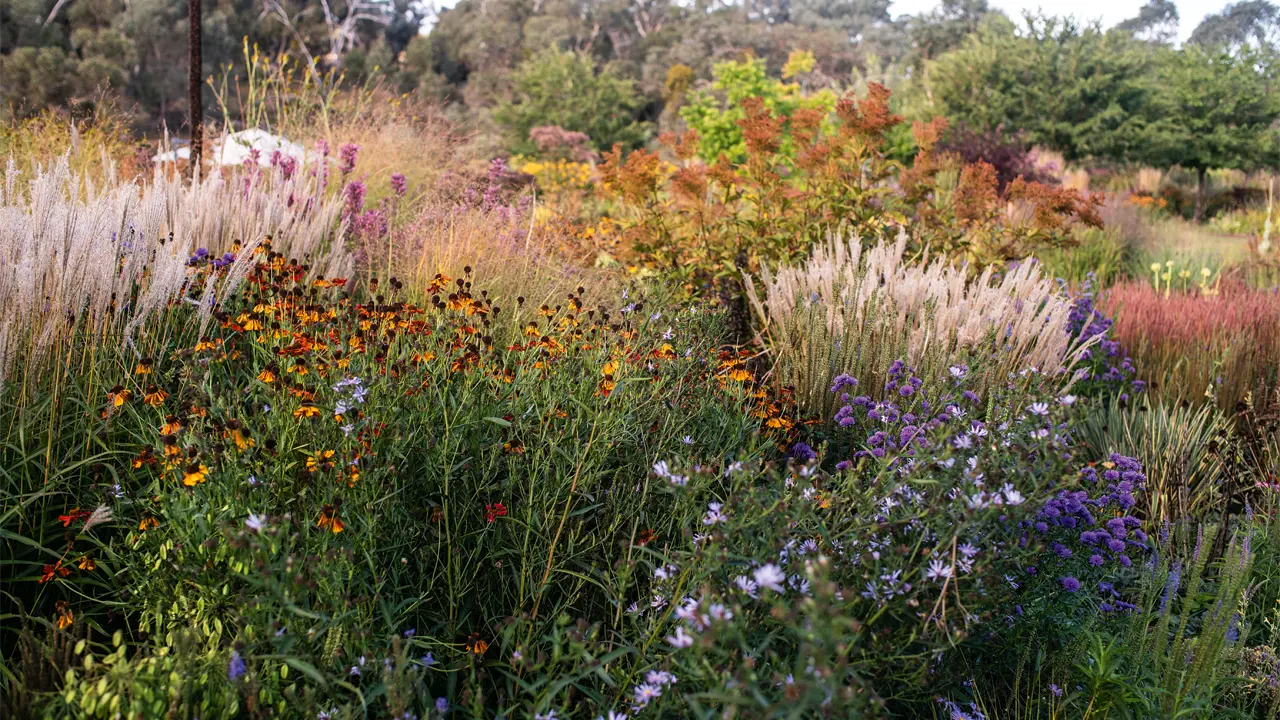For almost 25 years, the students at Cowell Area School, on the Eyre Peninsula, SA, have helped run an oyster lease.
Story Ken Eastwood
When incoming principal Julie-Anne Byrnes joined Cowell Area School last year, she didn’t just take on the normal duties that the head of a small, 160-person, reception to year 12 area school would expect. She also became overseer of the school’s 2-hectare oyster lease. As far as the school has been able to determine, it is the only school in the Southern Hemisphere to have its own oyster lease.
“It’s been a really big learning curve,” Julie-Anne says. “I knew about the program before I came, but when I saw the lease and what they actually have here, I thought, ‘This is pretty cool’.”
Julie-Anne says that although only children in their last three years of school physically work on the lease – harvesting about a million Pacific oysters a year – the school has a focus on learning about aquaculture across all grades, whether it’s using sea creatures for literacy and maths exercises in the early years, or studying marine sustainability and fisheries legislation in high school. In hospitality and business subjects, older students also learn to cook with oysters and how to make business decisions about the lease.
“Last year the students did the whole process from buying the spat onwards,” says the school’s farm lease manager, Ettiene Posthumus. They learn how to harvest, grade and shuck oysters, as well as boat skills, principles of health and safety, and food handling. “When they finish the course they’re industry-ready, rather than having no practical experience,” Ettiene says. “It’s a very, very good system that we’ve got here.”
Cowell has about 10 other oyster growers, and together the oyster leases are one of the 1000-strong town’s largest employers. The oyster growers generally have much larger leases of 5–20ha, but the Cowell Area School lease still runs as a business, supplying to the same buyers, with their oysters being sold as far away as Darwin and Melbourne. The retail price is $10 a dozen, but the school finds other ways to sell them, too.
“We recently attended the Eyre Peninsula Field Day and spent hours shucking 7500 oysters and making kebabs,” Julie-Anne says. “The kids were involved in that as well.”
Aquaculture teacher Michael Barker says the school also has tanks with fin fish, such as barramundi and ornamental fish.
“There are a lot of schools that are doing aquaculture, but we’re the only school in the Southern Hemisphere that actually has our own oyster lease,” he says. “There’s just so many advantages. We can teach them about safety or teach them about straining lines on a lease. It gives the students relevance – they can see what they’re being taught in a practical way. By comparison, if you have a school that’s teaching agriculture and they have no access to a farm, it makes teaching the subject really hard.”
Michael has taught at Cowell Area School for six years and emphasises that although keen students can obtain a Certificate I or II in aquaculture, all the students end up acquiring a diverse range of knowledge that could be useful in many areas.
“We look at global things like ocean currents and winds, the weather and the food chain for the oysters. They can even get their coxswain’s certificate.”
He described one former student who went on to study marine biology in Tasmania, and is now looking at coming back to Cowell and working in a new shellfish hatchery. “It’s a complete circle. It’s fantastic.”
Michael says quite a few former students have also wound up working on local oyster leases. “They’ve got a good, solid understanding of what happens on the lease before they get the job, so the local businesses like them.”
“We try to support the local growers,” Julie-Anne says. “Doing things like growing spat out to provide on-grown oysters for their local leases.”
Year 11 student Alexis Williams says working on the oyster lease is a pretty good perk, and on a sunny day in particular, children from other regional schools can get a bit jealous. “Some other kids are stuck in a classroom all day,” she says. “This gets you out of the classroom, but you’re still learning.”
Recently Alexis was on the lease when Ettiene caught a fiddler ray and brought it in for everyone to examine before releasing it again. “I’ve been interested in becoming a marine biologist, and it’s good because you’re not stuck just looking at oysters,” Lexie says.
She says that although she enjoys eating oysters regularly, not all the kids are as enamoured by the mollusc. “Some people don’t like the look of them,” she says.
This story excerpt is from Issue #113
Outback Magazine: June/July 2017










